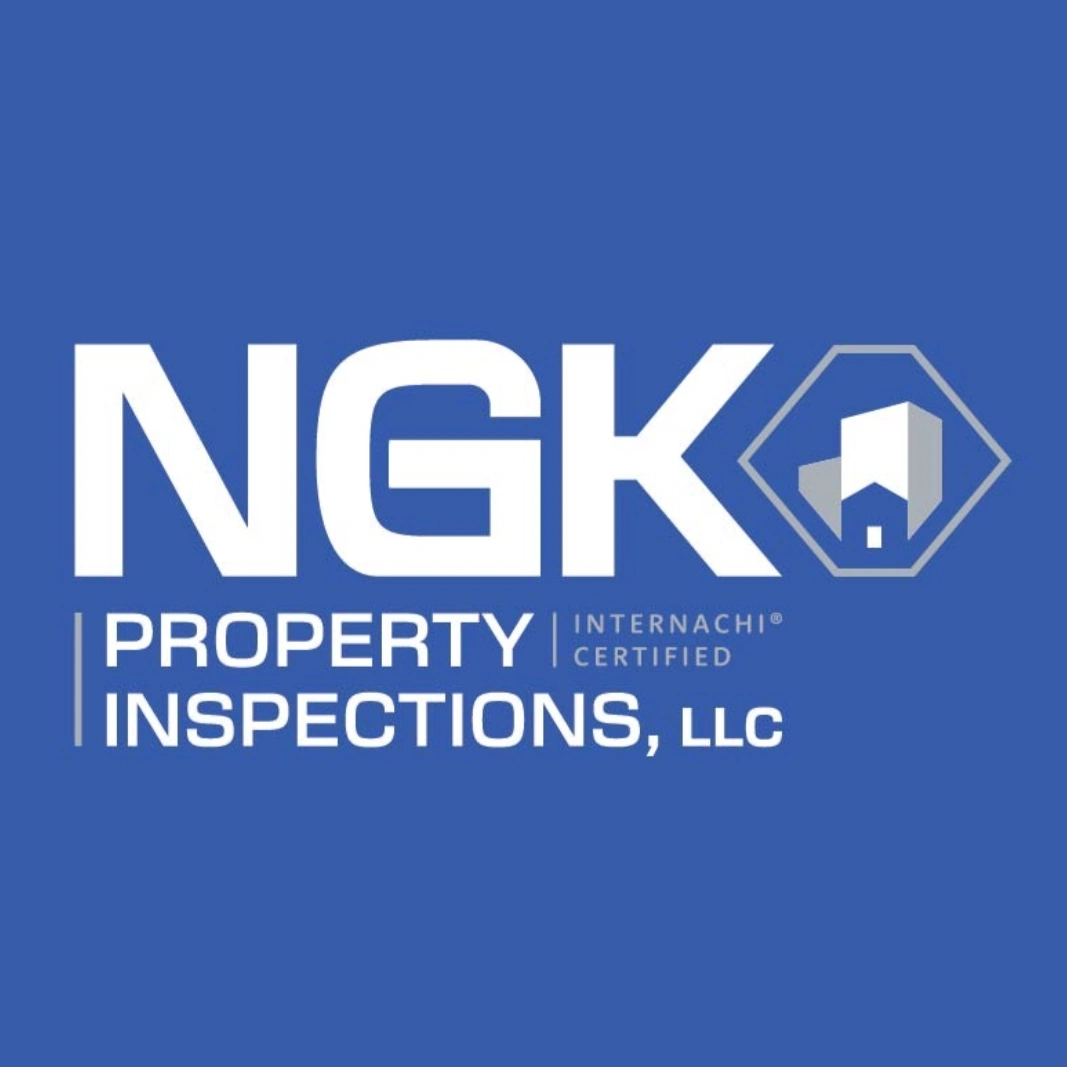The 4-Point Inspection: Your Home Insurance's Best Friend (or Worst Enemy) in Florida
- NGK Property Inspections

- Sep 1
- 4 min read

In a previous blog article (Understanding 4-Point and Wind Mitigation Inspections: A Home Inspector's Perspective), I discussed the differences between 4-Point and Wind Mitigation Inspections. Today, I'd like to take a deeper dive into 4-Point inspections and how it impacts your homeowner's insurance. It's a critical topic, and understanding it can save you headaches and hundreds, if not thousands, of dollars.
What Exactly is a 4-Point Inspection? 🧐
Unlike a comprehensive general home inspection that covers almost every nook and cranny, a 4-point inspection is much more focused. Insurance companies typically request it for homes that are 10 years old or older. Why? Because they're looking at the big-ticket items that are most likely to lead to costly claims.
The "4 points" refer to these key systems:
Roof: This is often the most scrutinized component. Insurers want to know its age, remaining useful life, and current condition. A roof that's at the end of its life or showing significant wear is a major red flag.
Electrical System: We'll check the type of wiring (e.g., knob and tube, aluminum, copper), the service panel (e.g., FPE, Zinsco, Challenger – often problematic), and overall condition to ensure it's safe and up to code.
Plumbing System: This involves inspecting the visible plumbing, the type of supply lines (e.g., polybutylene is a common concern), and the water heater's age and condition. Leaks and outdated pipes are a big no-no.
HVAC (Heating, Ventilation, and Air Conditioning): We'll look at the age and general condition of your heating and cooling systems. While not always a deal-breaker, an ancient, failing AC unit in Florida is a sure sign of future issues.
The goal? To assess the current condition and estimated remaining useful life of these crucial systems. Insurance companies use this information to determine your insurability and the premium they'll charge.
How Does it Affect Your Insurance in Florida? 📉📈
Here in Florida, with our mix of older charming homes and newer constructions, the impact of a 4-point inspection can vary wildly.
The Good News - Lower Premiums!:
If your home's four major systems are in good shape – a relatively new roof, updated electrical, sound plumbing, and a well-maintained HVAC – you're likely to see lower insurance premiums. Insurance companies see you as a lower risk, and they'll reward that. Sometimes, a favorable report can even make the difference between getting coverage and being denied.
The Bad News - Higher Premiums or Denial:
Conversely, if the inspection reveals significant issues, you could face several challenges:
Increased Premiums: The insurer might still offer coverage but at a much higher rate to offset the perceived risk.
Required Repairs: They might issue a conditional policy, stating that you must make specific repairs (like replacing an old roof or upgrading an outdated electrical panel) within a certain timeframe to maintain coverage.
Policy Denial: In the worst-case scenario, if the issues are severe enough, the insurance company might outright refuse to offer coverage. This can be a huge problem, especially if you're in the process of buying a home and can't close without insurance.
Common Issues We Find in Florida Homes 🏡🔍
Living in Central Florida, some issues pop up more frequently than others:
Older Roofs: Our intense sun and hurricane seasons are tough on roofs. Many homes built in the late 90s or early 2000s are now seeing their original roofs hit the 20-year mark, making them a primary focus for insurers.
Polybutylene Pipes: This grey plastic piping was common in homes built from the late 70s to mid-90s. It's notorious for failing without warning, leading to significant water damage. If present, it's almost always a requirement for replacement before an insurer will offer a policy.
Outdated Electrical Panels: Brands like Federal Pacific Electric (FPE), Stab-Lok, and Zinsco panels are known fire hazards and are typically flagged for immediate replacement. Additionally, certain types of branch circuit wiring, like aluminum and cloth wiring, are considered fire hazards and can lead to higher insurance costs or difficulty obtaining coverage.
My Advice to Florida Homeowners 💡
Don't Wait: If your home is approaching the 10-year mark or is older, consider getting a 4-point inspection before your insurance renewal or well in advance of selling. This gives you time to address any issues.
Be Proactive with Repairs: If you know your roof is old, or your electrical panel is outdated, start budgeting for those replacements. Addressing these proactively not only makes your home safer but will also pay off with your insurance premiums.
Shop Around: Get quotes from multiple insurance providers. Some might be more lenient or have different requirements based on their underwriting guidelines.
Understand the Report: When you receive your 4-point inspection report, read it carefully. Ask your inspector to explain anything you don't understand.
A 4-point inspection isn't just another hurdle; it's a vital tool that protects both you and your insurance provider. By understanding its purpose and being proactive, you can ensure your Florida home is safe, insurable, and keeps those insurance premiums as low as possible. If you have any questions or need a 4-point inspection, don't hesitate to reach out!




Comments